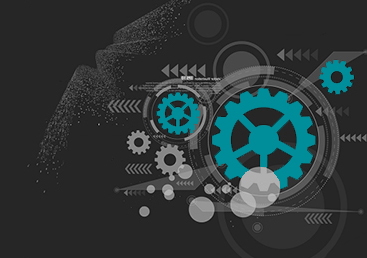MANUFACTURING PROCESSES
Manufacturing Management is the process of planning, organising, and controlling the production of goods to ensure that they are produced efficiently, on time, and to the required quality standards. It involves coordinating the use of people, materials, and equipment to optimise production processes and meet customer demand. It includes activities such as capacity planning, scheduling, inventory management, quality control, and cost management.

Quality Control
Manufacturing Processes
Inventory management, Material Resources Management (MRM), Product Lifecycle Management (PLM), and Quality Control (QC) are all critical components of the manufacturing process. These systems work together to ensure that materials are efficiently utilised, production is optimised, and products meet quality standards. Here’s how they integrate within the manufacturing process:
- Inventory Management: Inventory management is the process of managing raw materials, work-in-progress (WIP), and finished goods inventory. It includes forecasting demand, placing orders, receiving and storing materials, and tracking inventory levels. Inventory management integrates with MRM by ensuring that materials are available when needed and in the right quantity. It integrates with PLM by providing information on product demand and lifecycle, which helps to forecast demand and manage inventory levels. It also integrates with QC by ensuring that materials are inspected and tested to meet quality standards.
- Material Resources Management (MRM): MRM involves the efficient utilisation of materials, labor, and equipment in the manufacturing process. It includes planning, scheduling, and coordinating production activities to optimise production output while minimising costs. MRM integrates with inventory management by ensuring that materials are used efficiently and in a timely manner. It integrates with PLM by providing information on production capacity and product specifications, which helps to plan and schedule production. It also integrates with QC by ensuring that materials and products are inspected and tested to meet quality standards.
- Product Lifecycle Management (PLM): PLM manages the entire lifecycle of a product, from concept to retirement. It includes the management of product data, design and development, manufacturing, and service. PLM integrates with inventory management by providing information on product demand and lifecycle, which helps to forecast demand and manage inventory levels. It integrates with MRM by providing information on production capacity and product specifications, which helps to plan and schedule production. It also integrates with QC by ensuring that products are manufactured to the required specifications and meet customer expectations.
- Quality Control (QC): QC involves the monitoring and testing of materials and products to ensure that they meet specified quality standards. It includes inspecting raw materials, performing in-process inspections, and testing finished products. QC integrates with inventory management by ensuring that materials are inspected and tested to meet quality standards. It integrates with MRM by ensuring that materials and products are inspected and tested to meet quality standards. It integrates with PLM by ensuring that products are manufactured to the required specifications and meet customer expectations.
In summary, effective integration of inventory management, MRM, PLM, and QC is critical to ensuring that the manufacturing process is optimised, materials are efficiently utilised, and products meet quality standards. By working together, these components help to ensure that the right materials are available at the right time, in the right quantity, and of the right quality to produce high-quality products efficiently.
